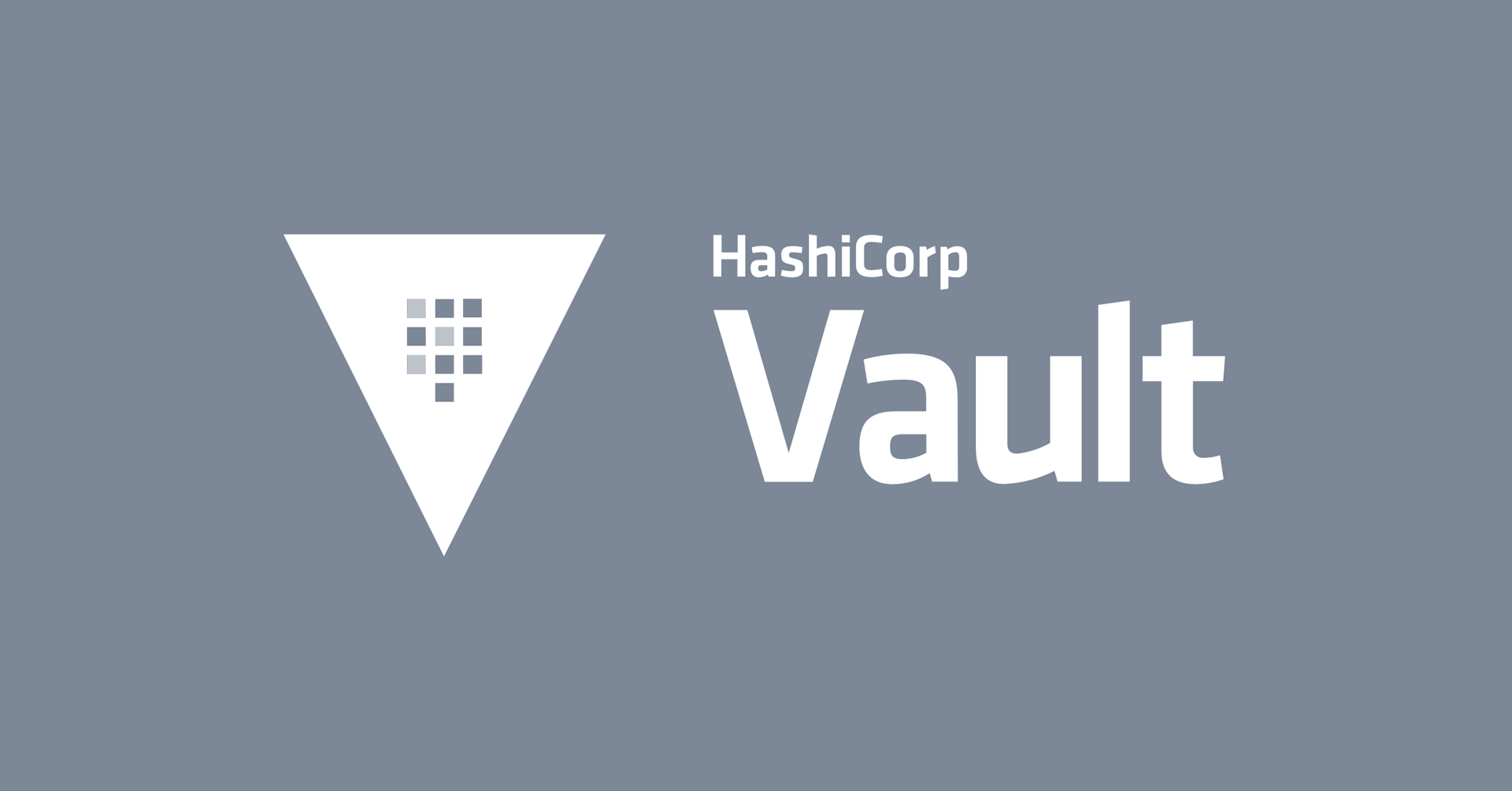Terraform Enterprise: Cost Estimation for Cost Control & Clustering for Availability
See exactly how Terraform Cloud and Terraform Enterprise's new Clustering and Cost Estimation features work.
Speakers
 Glenn GillenProduct Manager, HashiCorp
Glenn GillenProduct Manager, HashiCorp Jordan GlasnerProduct Manager, HashiCorp
Jordan GlasnerProduct Manager, HashiCorp
Cost estimation is a key new feature of Terraform Enterprise and Terraform Cloud (Team & Governance tier) that helps teams estimate the costs of the infrastructure that they're planning to provision with Terraform.
Another big recent feature just for Terraform Enterprise is Clustering—a new way to run Terraform that allows large use cases to maintain performance and availability with a cluster-based architecture.
In this webinar, HashiCorp Terraform product managers Glen Gillen and Jordan Glasner will demo cost estimation and clustering features so you can see exactly how they work.
Outline
1:15 — What is Cost Estimation?
4:48 — Demo: Cost Estimation
15:54 — What is Clustering?
20:36 — Demo: Clustering
24:15 — Q&A
More on Clustering and Cost Estimation
Cost Estimation: Cost Estimation provides organizations insight into the cost implication of infrastructure changes before they’re applied. It includes integration with policy as code workflows via Sentinel to enable preventative cost-control policies.
Organizations that are using an infrastructure as code approach to manage their multi-cloud provisioning, compliance, and management requirements can find it challenging to understand the cost implications of a change before it is applied. Many have been relying on after-the-fact alerts from their cloud provider, or potentially waiting until the end of month bill to understand the cost impact.
Cost Estimation now enables teams who manage their self-service infrastructure to view an estimate of changes in monthly cost from their cloud provider before applying any change. In this webinar learn more about the Cost Estimation capability and workflow including:
- How to enable Cost Estimation
- Understanding the cost impact of changes
- Escalation workflows for expensive changes
- Applying strict cost controls and automated oversight
Clustering: Current versions of Terraform Enterprise run on a single Linux instance (with an optional redundant standby node). We're changing Terraform Enterprise to use a new cluster-based architecture to provide horizontal scaling and high availability.
Until recently, Terraform Enterprise followed the industry standard of a single instance appliance. This was acceptable at first, but as organizations expand their usage of Terraform Enterprise, it becomes their central provisioning platform across business units and requirements around performance and availability increase.
The new Clustering functionality enables organizations to easily install and manage a scalable cluster that can meet their performance and availability requirements. Clustering supports installations of Terraform Enterprise in AWS, Azure, and GCP.



